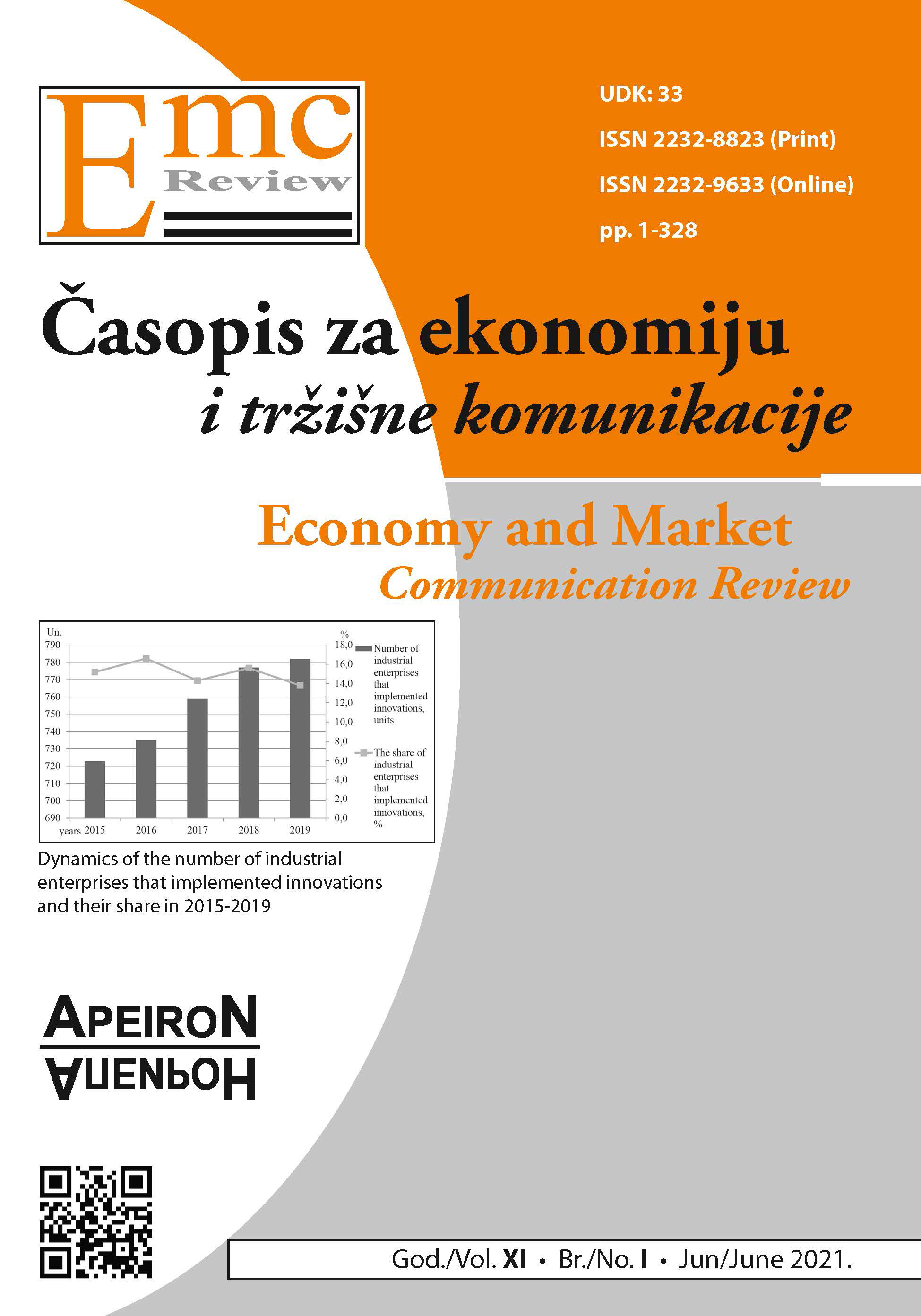THE ROLE OF INCOME DISTRIBUTION IN THE GROWTH-POVERTY NEXUS: EVIDENCE FROM CESEE COUNTRIES, WITH PARTICULAR REFERENCE TO THE MACEDONIAN ECONOMY
DOI:
https://doi.org/10.7251/EMC2101123SAbstract
The paper explores the income distribution as a channel of transmission of the effects of economic growth on poverty reduction. For that purpose, we analyse data for the CESEE countries with a focus on the Macedonian economy. Since the 1990s, in the transition process to market economies, inequalities within countries in the CESEE region have risen the most. The income distribution achieved in the last decade is not sufficient to neutralise the high inequality created after 1990. The Macedonian economy shows improved income distribution in the last decade as well, which influences the level of poverty. Still, income inequality and the relative poverty rate are among the highest in the CESEE region. The study sheds light on the effects of the predistributive and redistributive factors on the level of inequality and poverty. We consider the extent to which different parts of the income distribution are affected by the process of average income growth. The main conclusion from the empirical analysis for the CESEE countries is that the sign of the growth rate of the average income of the population, in most cases, is an important predictor of the income growth rate of the quintile groups. Correlation results show that the sign of the growth rates of the average income of the population is the most important determinant for the sign of the growth rates of the average income of the quintile group for the quintiles nearest to the average income of the population.
